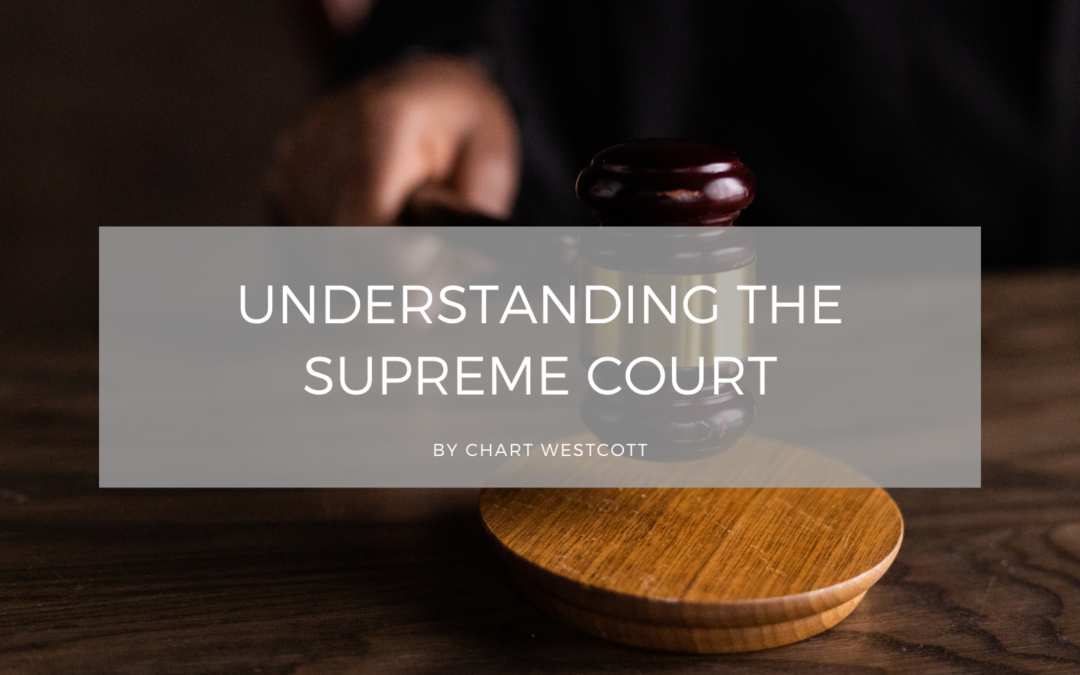The United States Supreme Court is the only entity that can provide the country with the judicial power it needs. According to Article III, Section I, Congress can only establish inferior courts. Although the Constitution clearly states that the Supreme Court is the country’s only entity that can provide it with judicial power, it gives Congress the power to organize its own courts. The judiciary system was established by the 1789 Act.
On Overview
The Supreme Court is the country’s highest tribunal when it comes to cases involving the Constitution of the US. It is responsible for upholding the rule of law and ensuring that the American people have the opportunity to receive the same justice. Its nine justices are responsible for rendering the final rulings on various issues.
The Supreme Court was established by the Constitution of the US. It was established following the passage of the 1789 Act, which established a judiciary system. The court’s chief justice is the head of the court, and its members are usually fixed by Congress. The president of the US is responsible for selecting the justices, and their appointments are confirmed by the Senate.
About the Justices
Various Acts of Congress have changed the number of seats on the Supreme Court over the years. After the Civil War, the court had nine members. Today, there are currently one chief justice and eight associate justices. Like other federal judges, the justices are appointed by the president. They are also confirmed by the Senate. Their salaries are not decreased during their terms of office, and these restrictions are designed to protect the judiciary’s independence.
What They Do
The justices of the Supreme Court make decisions on cases that are submitted for review by lower courts. They usually hear oral arguments in about 80 cases a year. The court receives around 7,000 to 8,000 petitions a term. Besides deciding cases, the justices must consider other issues, such as emergency applications, from the 13 federal circuits. These include requests to stop the implementation of specific orders, set a bond, or stop the deportation of an individual.
Their Jurisdiction
The court can hear cases legally, as Article III provides that it has original jurisdiction over certain types of cases. These include suits involving the ambassadors of multiple states and those involving public officials. The court can also hear cases involving federal and constitutional law issues. Some examples of these include cases involving the US as a party to Treaties and those involving international ships.
Explaining Judicial Review
One of the most significant powers of the Supreme Court is its ability to review executive or legislative actions that are in violation of the Constitution. This doctrine was established in the case of Madison v. Marbury in the 1800s.
During this case, the court had to decide if the Constitution or the Act of Congress was the country’s supreme law. The court was able to issue writs of mandamus, legal orders requiring government officials to follow the law. However, it noted that the Constitution prevented it from having original jurisdiction over this matter.
The court ruled that the Act of Congress was unconstitutional since it violated the Constitution’s guarantee of the supremacy of the law. It also has the power to strike down laws that are in violation of the Constitution.
The decisions made by the Supreme Court have a significant impact on society at large.
